Army confirms Chinese buildup along India border
LADAKH: The Indian army has long voiced concern over the depth and pace of China's military modernisation, especially in its infrastructure bordering India. On the Line of Actual Control at Demchok in South-East Ladakh, signs of that modernisation on the China side were visible.
Lt General Ravi Dastane, Army Commander, Leh said, "We are watching it closely, it's a capability they are building, it also has a military implication." Colonel SK Sheoran said, "Before 2008 they were 35km behind Demchok, now a platoon strong is deployed in the Zorawar Hill."
In contrast, infrastructure in Ladakh is non-existent. All military and civil vehicles move along dirt trails similar to the mule tracks of the 1962 war. Commander, Fuk-Che Anil Chaudhary said, "Whatever roads are there, gravel surface or natural surface are adequate for moving of military vehicles however better developed roads would add impetus to our own preparation."
Add to that the constant surveillance from Chinese observation posts. New roads are now being laid behind hills that block China's view but progress is slow. In many cases environmental clearances have delayed road building. Air support is hampered by the lack of airfields. The army admits that advanced landing grounds in Fuk-Che and further north in Chushul are too close to the Line of Actual Control to be of use in a conflict. The Air force is trying to get the NYOMA airfield operational but it will take time.
The army does not expect conflict with China in the near term. But power struggles in Beijing within a leadership in transition could have echoes in distant Demchok.
China and India at War: Study
Contemplates Conflict Between Asian Giants
There are plenty of reasons why China and India won't go to war. The two Asian giants hope to reach $100 billion in annual bilateral trade by 2015. Peace and stability are watchwords for both nations' rise on the world stage. Yet tensions between the neighbors seem inescapable: they face each other across a heavily militarized nearly 4,000km-long border and are increasingly competing against each other in a scramble for natural resources around the world. Indian fears over Chinese projects along the Indian Ocean rim were matched recently by Beijing's ire over growing Indian interests in the South China Sea, a body of water China controversially claims as its exclusive territorial sphere of influence. Despite the sense of optimism and ambition that drives these two states, which comprise between them nearly a third of humanity, the legacy of the brief 1962 Sino-Indian war (a humiliating blow for India) still smolders nearly five decades later.
And it's alive on the pages of a new policy report issued by the Institute for Defence Studies and Analyses in New Delhi, an independent think tank that is affiliated with India's Ministry of Defense. "A Consideration of Sino-Indian Conflict" is hardly a hawkish tract-it advocates "war avoidance" - but, by spelling out a few concrete scenarios of how conflict may look between the two countries, it reveals the palpable lack of trust on the part of strategists both in New Delhi and Beijing. The report applauds long term Indian efforts underway to beef up defenses along the Chinese border, but warns that Beijing may still take action:
In future, India could be subject to China's hegemonic attention. Since India would be better prepared by then, China may instead wish to set India back now by a preventive war. This means current day preparedness is as essential as preparation for the future. A [defeat] now will have as severe political costs, internally and externally, as it had back in 1962; for, as then, India is yet again contemplating a global role.
While a lot of recent media attention has focused on the likelihood of Sino-Indian clashes at sea, the IDSA report keeps its scope trained along the traditional, glacial Himalayan land boundary, referred to in wonkish parlance as the LAC, the Line of Actual Control.
Since the 1962 war, China and India have yet to formally resolve longstanding disputes over vast stretches of territory along this line. Those disputes have resurfaced noticeably in recent years, with China making unprecedented noises, much to the alarm of New Delhi, over its historical claims to the entirety of the northeastern Indian state of Arunachal Pradesh - what the Chinese deem "Southern Tibet." The Chinese even rebuked Indian Prime Minister Manmohan Singh for having the audacity of visiting the Indian state during local elections in 2009.
Not surprisingly, it's in this remote corner of the world that many suspect a war could kick-off, particularly around the historic Tibetan monastery town of Tawang. India has reinforced its position in Arunachal with more boots on the ground, new missile defenses and some of the Indian air force's best strike craft, new Russian-made Su-30 fighters. After decades of focusing its army west against perennial threat Pakistan, India is tacitly realigning its military east to face the long-term challenge of China.
The report speculates that China could make a targeted territorial grab, "for example, a bid to take Tawang." Further west along the LAC, another flashpoint lies in Kashmir. China controls a piece of largely uninhabited territory known as Aksai Chin that it captured during the 1962 war. Indian press frequently publish alarmist stories about Chinese incursions from Aksai Chin and elsewhere, playing up the scale of Chinese investment in strategic infrastructure on its side of the border in stark contrast to the seeming lethargy of Indian planners. Part of what fuels the anxiety in New Delhi, as the report notes, is the threat of coordinated action between China and Pakistan – an alliance built largely out of years of mutual antipathy toward India. In one mooted scenario, Pakistan, either with its own forces or terrorist, insurgent proxies, would "make diversionary moves" across the blood-stained Siachen glacier or Kargil, site of the last Indo-Pakistani war in 1999, while a Chinese offensive strikes further east along the border.
Of course, such table-top board game maneuvers have little purchase in present geo-politics. Direct, provocative action suits no player in the region, particularly when there's the specter of American power - a curious absence in the IDSA report - hovering on the side-lines.
Intriguingly, the report seems to dismiss the notion that China and India would clash in what others would consider obvious hotspots for rivalry; it says the landlocked Himalayan kingdom of Bhutan would likely be treated as a neutral "Switzerland", while Nepal, a country of 40 million that entertains both Beijing and New Delhi's patronage, is more or less assured that neither of its big neighbors would risk violating its sovereignty in the event of war.
Moreover, the IDSA seems to rule out either side encouraging or deploying proxies in more clandestine struggles against the other. The restive border regions on both sides of the LAC are home to resentful minority populations and more than a few insurgent factions. India and China - unlike Pakistan - have little precedent in abet-ting militant groups and strategists on both sides would be wary of fanning flames of rebellion that no one can put out.
Yet what seems to stoke Sino-Indian military tensions - and grim prophecies of conflict - are precisely these feelings of vulnerability. The uncertainties posed by both countries' astonishing economic growth, the lack of clear communication and trust between Beijing and New Delhi and the strong nationalism underlying both Indian and Chinese public opinion could unsettle the uneasy status quo that now exists. Managing all this is a task for wooly-heads in New Delhi and Beijing. But don't be surprised if more reports like this one come out, drawing lines on the battlefield.
Courtesy Ishaan Tharoor via TIME







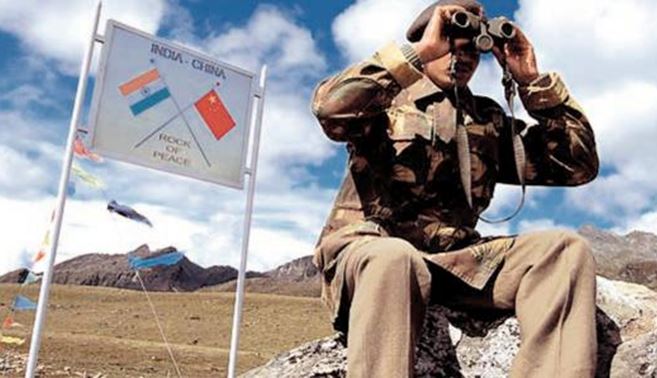
 OpinionExpress.In
OpinionExpress.In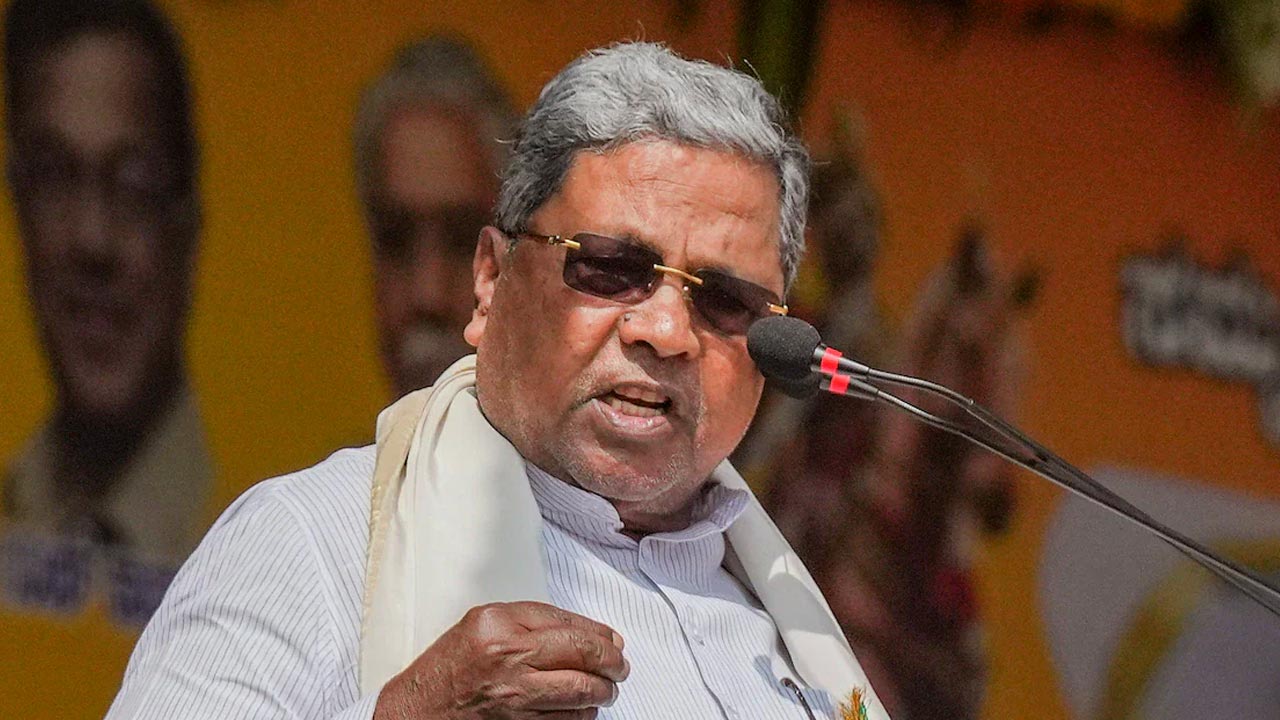
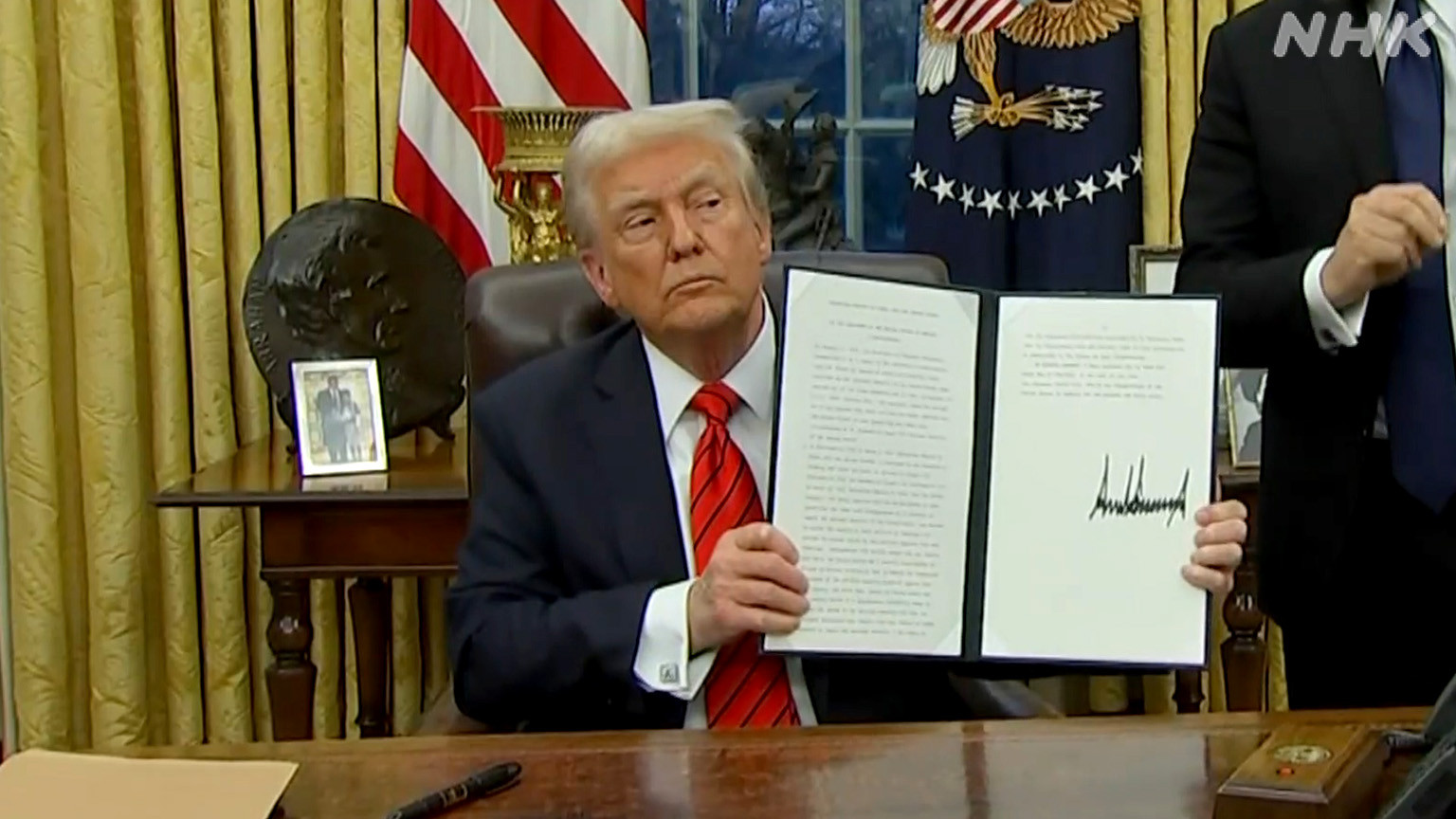


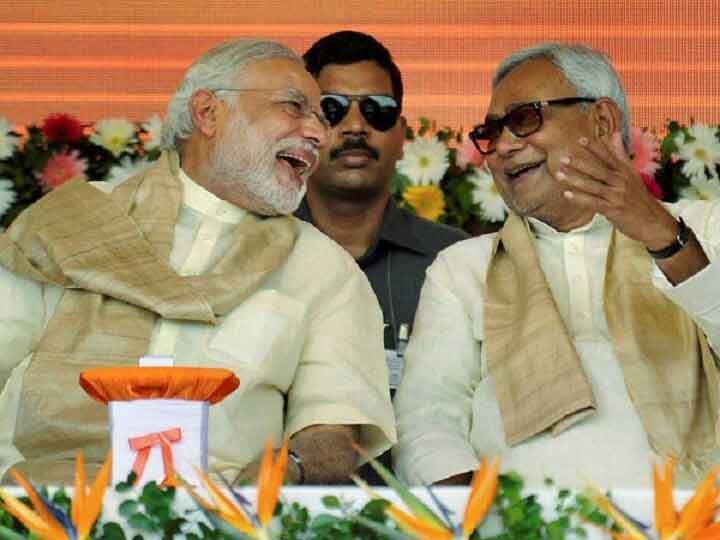

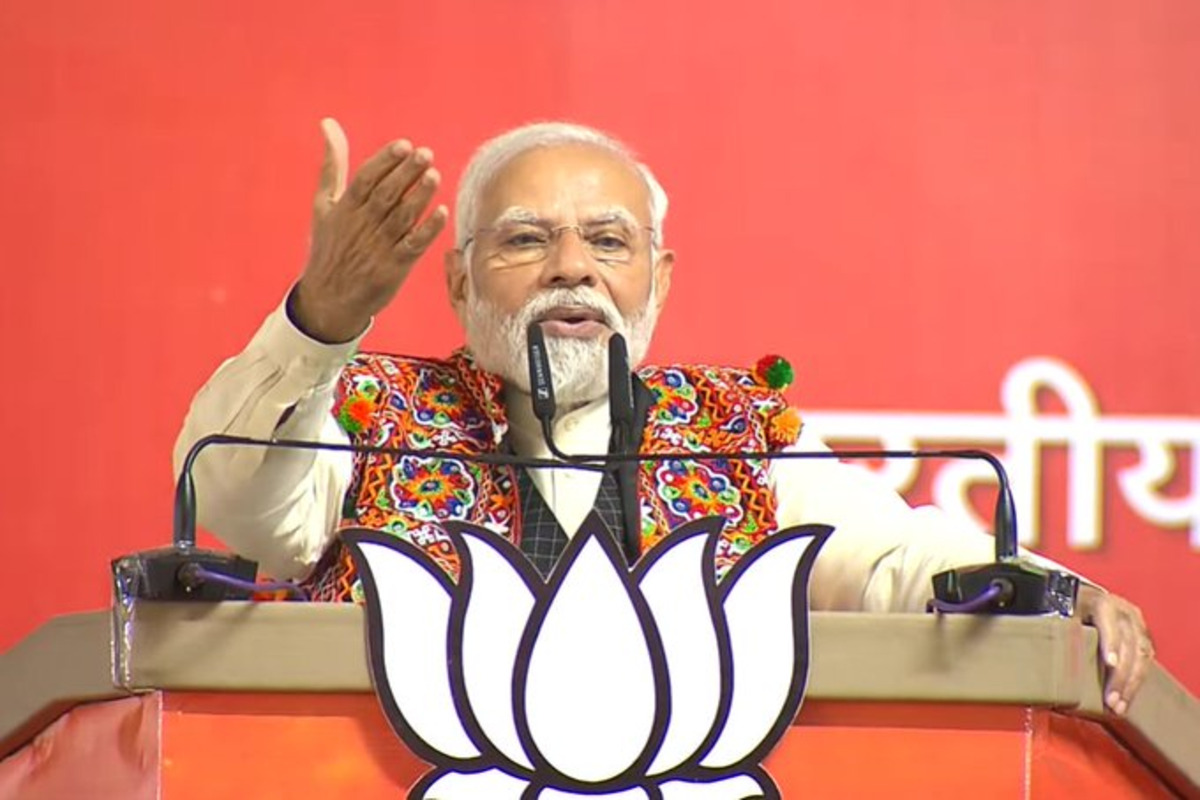

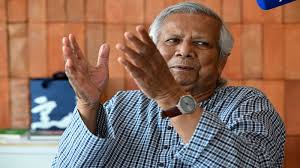







Comments (0)